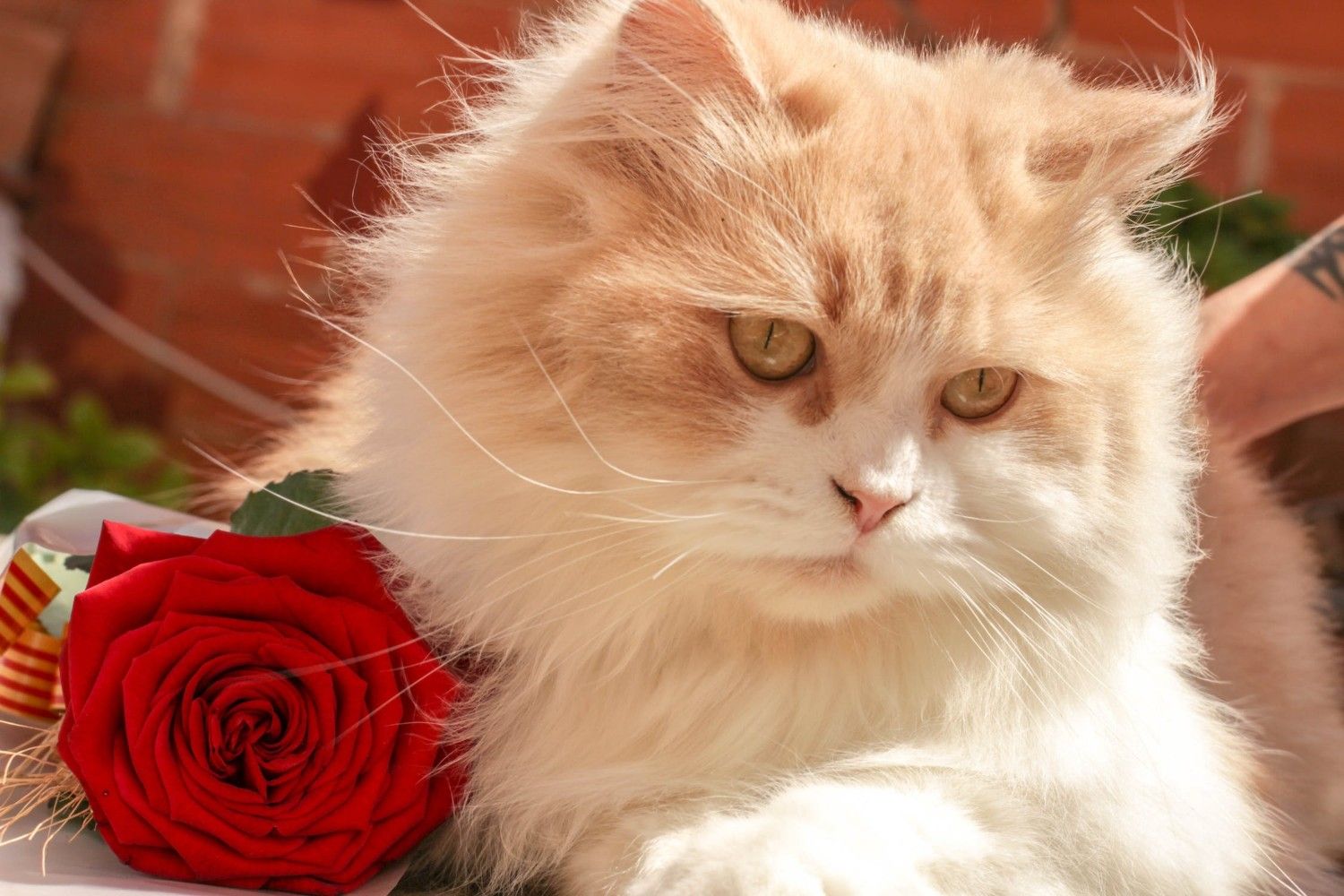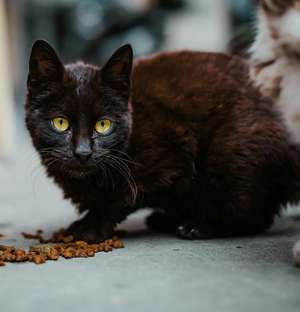
Unlocking Feline Vitality: The Advantages of Raw Food Diets for Cats
Navigating the world of pet nutrition can be complex, but the trend towards raw food diets for cats is gaining momentum for good reasons. This natural form of feeding, mimicking a cat's ancestral diet, brings numerous health benefits that cat owners should consider. This article delves into the benefits of raw food diets for cats, offering insights on starting a cat on raw food, and sharing raw feeding tips for cats to ensure a smooth transition to what many believe to be one of the best raw cat foods approach.
The Natural Appeal of Raw Diets for Cats
Cats are obligate carnivores, meaning their bodies are designed to digest and thrive on a diet primarily made up of meat. A raw food diet aims to replicate this natural eating pattern, excluding processed foods and grains that are often found in commercial cat foods. This diet typically includes raw muscle meat, organ meat, bones, and sometimes supplements to ensure a balanced nutritional profile.
Key Benefits of a Raw Food Diet
1. Enhanced Nutritional Value: Raw diets provide cats with a high level of protein and essential nutrients in their most natural and absorbable form. This can lead to improved digestion, as raw foods are easier for cats to break down and utilize than cooked or processed alternatives.
2. Healthier Coat and Skin: Many cat owners report a noticeable improvement in their pet’s coat and skin health after switching to a raw diet. The natural oils and nutrients found in raw meat can contribute to a shinier coat and reduced instances of skin allergies or irritations.
3. Dental Health Improvements: Chewing on raw bones and meat pieces can help remove tartar buildup and promote healthier teeth and gums, reducing the risk of dental diseases which are common in cats.
4. Weight Management: Raw diets are often lower in carbohydrates than their commercial counterparts, helping cats maintain a healthy weight. Obesity is a common issue in domestic cats, leading to various health problems.
5. Vitality and Behavior: Anecdotal evidence suggests that cats fed a raw diet display higher energy levels and more natural predatory behaviors, indicating a positive impact on their overall well-being and mental health.
Starting Your Cat on a Raw Food Diet
Transitioning to a raw diet should be done gradually to allow your cat’s digestive system to adapt. Start by mixing small amounts of raw food with their current diet, gradually increasing the raw component over time. It's crucial to research and possibly consult with a veterinarian or a feline nutritionist to ensure the diet is balanced and meets all of your cat’s nutritional needs.
Raw Feeding Tips for Cats
- Safety First: Handle raw meat with care to avoid contamination. Keep preparation areas clean and wash all utensils and bowls thoroughly.
- Balance is Key: Ensure the diet is nutritionally complete, which may involve adding supplements like taurine, essential for cat health.
- Variety: Rotate between different types of meats and organs to provide a range of nutrients.
- Monitoring: Observe your cat’s health and behavior closely during the transition and be prepared to make adjustments as needed.
Conclusion
The shift towards a raw food diet can offer profound benefits for your feline friend, from improved health and vitality to better weight management and dental health. However, it's essential to approach this change with care, ensuring the diet is safely prepared and nutritionally balanced. By embracing raw diets for cats with informed enthusiasm, cat owners can unlock a new level of health and happiness for their beloved pets.





